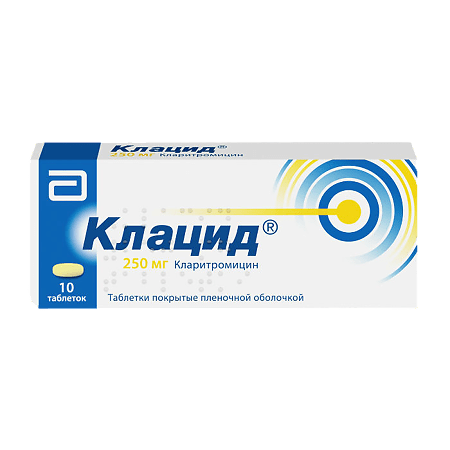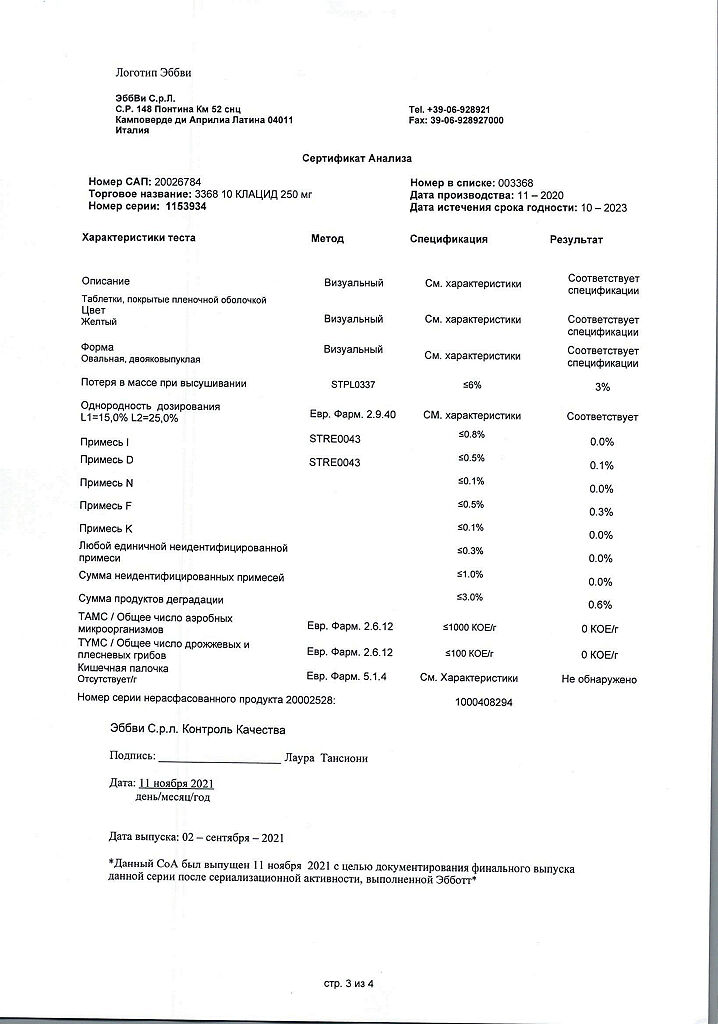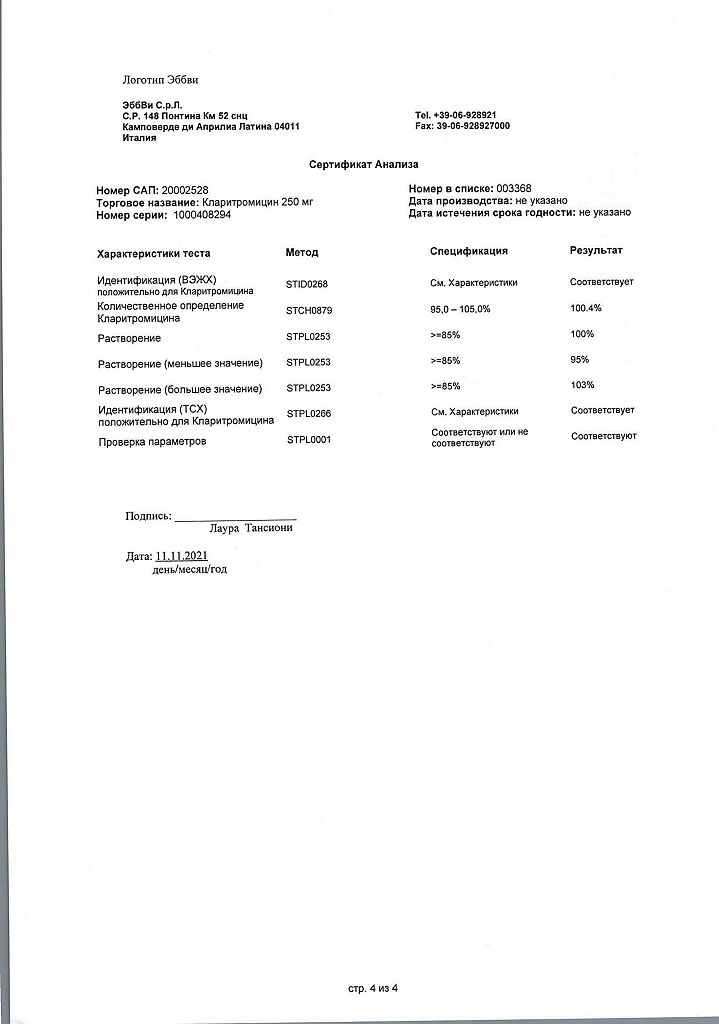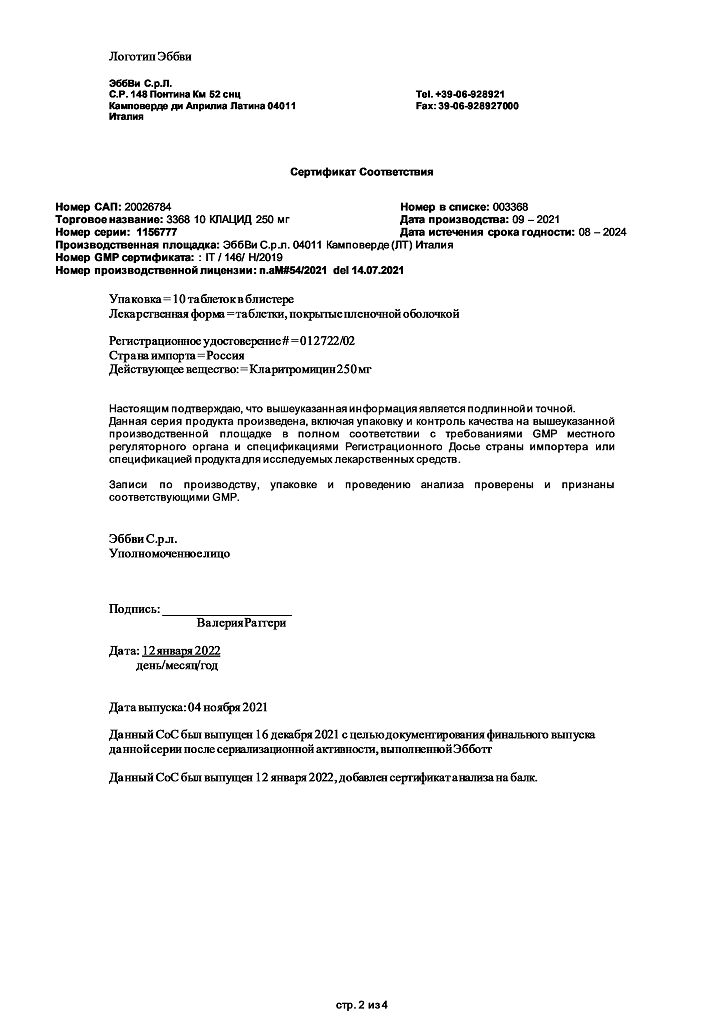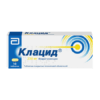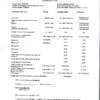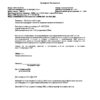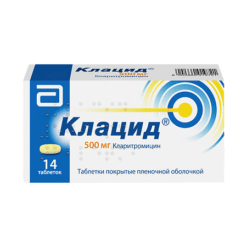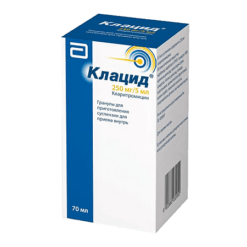No products in the cart.
Clacid, 250 mg 10 pcs
€19.53 €16.92
Out of stock
(E-mail when Stock is available)
Description
Clacid is a semi-synthetic antibiotic of macrolide group. It has antibacterial effect by interacting with 50S ribosomal subunit of bacteria and inhibiting protein synthesis in the microbial cell.
Clarithromycin has demonstrated high in vitro activity against standard and isolated cultures of bacteria. It is highly effective against many aerobic and anaerobic gram-positive and gram-negative microorganisms.
Clarithromycin in vitro is highly effective against Legionella pneumophila, Mycoplasma pneumoniae and Helicobacter (Campilobacter) pilori. Enterobacteriaceae and Pseudomonas as well as other non-lactose-degrading Gram-negative bacteria are not sensitive to clarithromycin.
Clarithromycin has been shown to have antibacterial activity against the following pathogens: aerobic gram-positive microorganisms – Staphylococcus aureus, Streptococcus pneumoniae, Streptococcus pyogenes, Listeria monocytogenes; aerobic gram-negative microorganisms – Haemophilus influenzae, Haemophilus parainftuenzae, Moraxella catarrhalis, Neisseria gonorrhoeae, Legionella pneumophila; other microorganisms – Mycoplasma pneumoniae, Chlamydia pneumoniae (TWAR), Chlamydia trachomatis; mycobacteria – Mycobacterium leprae, Mycobacterium kansasii, Mycobacterium chelonae, Mycobacterium fortuitum; Mycobacterium avium complex (MAC) – Mycobacterium avium, Mycobacterium intracellulare.
The production of β-lactamases has no effect on clarithromycin activity. Most staphylococcal strains resistant to methicillin and oxacillin are also resistant to clarithromycin.
Helicobacter pylori
Sensitivity of Helicobacter pylori to clarithromycin was studied on Helicobacter pylori isolates isolated from 104 patients before the start of drug therapy. Clarithromycin-resistant Helicobacter pylori strains were isolated in 4 patients, in 2 patients – strains with intermediate resistance, the remaining 98 patients’ Helicobacter pylori isolates were sensitive to clarithromycin.
Clarithromycin is also effective in vitro against most strains of the following microorganisms (however the safety and efficacy of clarithromycin in clinical practice has not been confirmed by clinical studies and the practical significance remains unclear): aerobic gram-positive microorganisms – Streptococcus agalactiae, Streptococcus (groups C, F, G), Streptococcus group viridans; aerobic gram-negative microorganisms – Bordetella pertussis, Pasteurella multocida; anaerobic Gram-positive microorganisms – Clostridium perfringens, Peptococcus niger, Propionibacterium acnes; anaerobic Gram-negative microorganisms – Bacteroides melaninogenicus; Borrelia burgdorferi, Treponema pallidum, Campylobacter jejuni.
The main metabolite of clarithromycin in humans is the microbiologically active metabolite 14-hydroxyclarithromycin. The microbiological activity of the metabolite is the same as that of the parent substance, or 1-2 times weaker against most microorganisms. The exception is Naemophilus influenzae, against which the effectiveness of the metabolite is 2 times higher. The starting substance and its main metabolite have either additive or synergistic effect against Naemophilus influenzae under in vitro and in vivo conditions depending on the bacterial culture.
Sensitivity studies
Quantitative methods that require measurement of the diameter of the microbial growth retention zone provide the most accurate estimates of bacterial sensitivity to antimicrobial agents. One recommended sensitivity testing procedure uses discs soaked in 15 µg of clarithromycin (Kirby-Bauer diffusion test) and the test results are interpreted as a function of the diameter of the stasis zone and the MIC value of clarithromycin. The IPC value is determined by dilution of the medium or by diffusion into the agar. Laboratory tests give one of three results: 1) “resistant” – the infection can be considered not treatable with this drug; 2) “moderately sensitive” – the therapeutic effect is ambiguous, and possibly increasing the dosage can lead to sensitivity; 3) “sensitive” – the infection can be considered treatable with clarithromycin.
Pharmacokinetics
. In clinical studies involving healthy volunteers, clarithromycin was administered once at doses of 75 mg, 125 mg, 250 mg, and 500 mg in 100 mL as an infusion for 30 minutes, and at doses of 500 mg, 750 mg, or 1000 mg in 250 mL for more than 60 minutes. The cssmax of clarithromycin was 5.16 mcg/mL to 9.4 mcg/mL after infusion of 500 mg and 1000 mg of clarithromycin for 60 min, respectively. The Cmax of 14-hydroxyclarithromycin was 0.66 mcg/mL after 500 mg infusion and 1.06 mcg/mL after 1000 mg clarithromycin infusion for 60 min.
In equilibrium, the terminal T1/2 of clarithromycin is dose dependent and ranges from 3.8 h to 4.5 h with doses of 500 mg to 1000 mg administered in 60 min, respectively. The T1/2 of 14-hydroxyclarithromycin after administration of the same doses of 500 mg and 1000 mg in 60 min is 7.3 h and 9.3 h, respectively, which confirms approximately the same relationship increasing with increasing clarithromycin dose.
In equilibrium, AUC values changed disproportionately with increasing dose, i.e. there was a nonlinear dependence of AUC values from 22.29 h×mcg/mL to 53.26 h×mcg/mL at 500-1000 mg doses in 60 min, respectively. AUC data for 14-hydroxyclarithromycin ranged from 8.16 h×mcg/mL to 14.76 h×mcg/mL when the same doses were administered over 60 minutes of infusion.
In the 7-day clinical trial, clarithromycin was administered repeatedly at doses of 125 mg and 250 mg as a 100-ml infusion for more than 30 minutes and at doses of 500 mg and 750 mg at 250 mL for more than 60 minutes every 12 hours. In this study, equilibrium Cmax values increased from 5.5 mcg/mL at the 500 mg dose to 8.6 mcg/mL at the 750 mg dose. At equilibrium, the terminal T1/2 of 500 mg and 750 mg clarithromycin after more than 60 minutes of infusion was 5.3 h and 4.8 h, respectively. The Cmax of 14-hydroxyclarithromycin at equilibrium after 500 mg and 750 mg doses increased from 1.02 mcg/mL to 1.37 mcg/mL. The terminal phase T1/2 for this metabolite in groups administered 500 mg or 750 mg was 7.9 h and 5.4 h, respectively.
The pharmacokinetics of 14-hydroxyclarithromycin were not dose-dependent.
Patients
Clarithromycin and its metabolite 14-hydroxyclarithromycin are well distributed in tissues and body fluids.
Indications
Indications
Active ingredient
Active ingredient
Composition
Composition
How to take, the dosage
How to take, the dosage
The average oral dose for adults is 250 mg 2 times a day. If necessary, 500 mg 2 times a day may be prescribed. Duration of the course of treatment is 6-14 days.
For the treatment of infections caused by Mycobacterium avium, Clacid is prescribed orally – 1 g 2 times per day. The duration of treatment may be 6 months or more.
Interaction
Interaction
Special Instructions
Special Instructions
With caution prescribe the drug in patients with liver dysfunction. In the presence of chronic liver disease, regular monitoring of serum enzymes should be carried out.
Patients with mild to moderate renal dysfunction should also be treated with caution. In patients with significant renal impairment (CKR less than 30 ml/min), rapid-release clarithromycin (tablets 250 mg or 500 mg) should be prescribed.
In case of co-administration with warfarin or other indirect anticoagulants, prothrombin time should be monitored.
Synopsis
Synopsis
Contraindications
Contraindications
Side effects
Side effects
Cardiovascular system disorders: rarely – ventricular arrhythmia, including ventricular tachycardia (with prolongation of the QT interval).
Digestive system disorders: nausea, abdominal pain, vomiting, diarrhea, gastralgia, pancreatitis, glossitis, stomatitis, oral candidiasis, discolored tongue and teeth; rarely – pseudomembranous enterocolitis. Discoloration of teeth is reversible and is usually restored by professional dental cleaning. Rarely, liver dysfunction has been reported, including increased liver enzyme activity, hepatic cellular and/or cholestatic hepatitis with or without jaundice. These liver dysfunctions can be severe, but are usually reversible. Very rare cases of hepatic failure and death have been observed mainly against the background of severe comorbidities and/or concomitant drug therapy.
CNS disorders: transient headaches, dizziness, anxiety, insomnia, nightmares, tinnitus, depersonalization, hallucinations, seizures, feelings of fear; rarely – psychosis, confusion; in some cases – hearing loss (when stopping clarithromycin hearing restored), change of smell (usually accompanied by distortion of taste).
Allergic reactions: urticaria, skin hyperemia, pruritus, anaphylaxis, Stevens-Johnson syndrome.
Hematopoietic system disorders: leukopenia, thrombocytopenia.
Laboratory disorders: increase in blood creatinine; hypoglycemia is rare (with simultaneous use of hypoglycemic agents).
Others: development of microbial resistance.
Overdose
Overdose
Pregnancy use
Pregnancy use
Similarities
Similarities
Additional information
| Shelf life | 1 year |
|---|---|
| Conditions of storage | In a light-protected place, at a temperature not exceeding 30 °C |
| Manufacturer | AbbVi S.r.l., Italy |
| Medication form | pills |
| Brand | AbbVi S.r.l. |
Other forms…
Related products
Buy Clacid, 250 mg 10 pcs with delivery to USA, UK, Europe and over 120 other countries.

